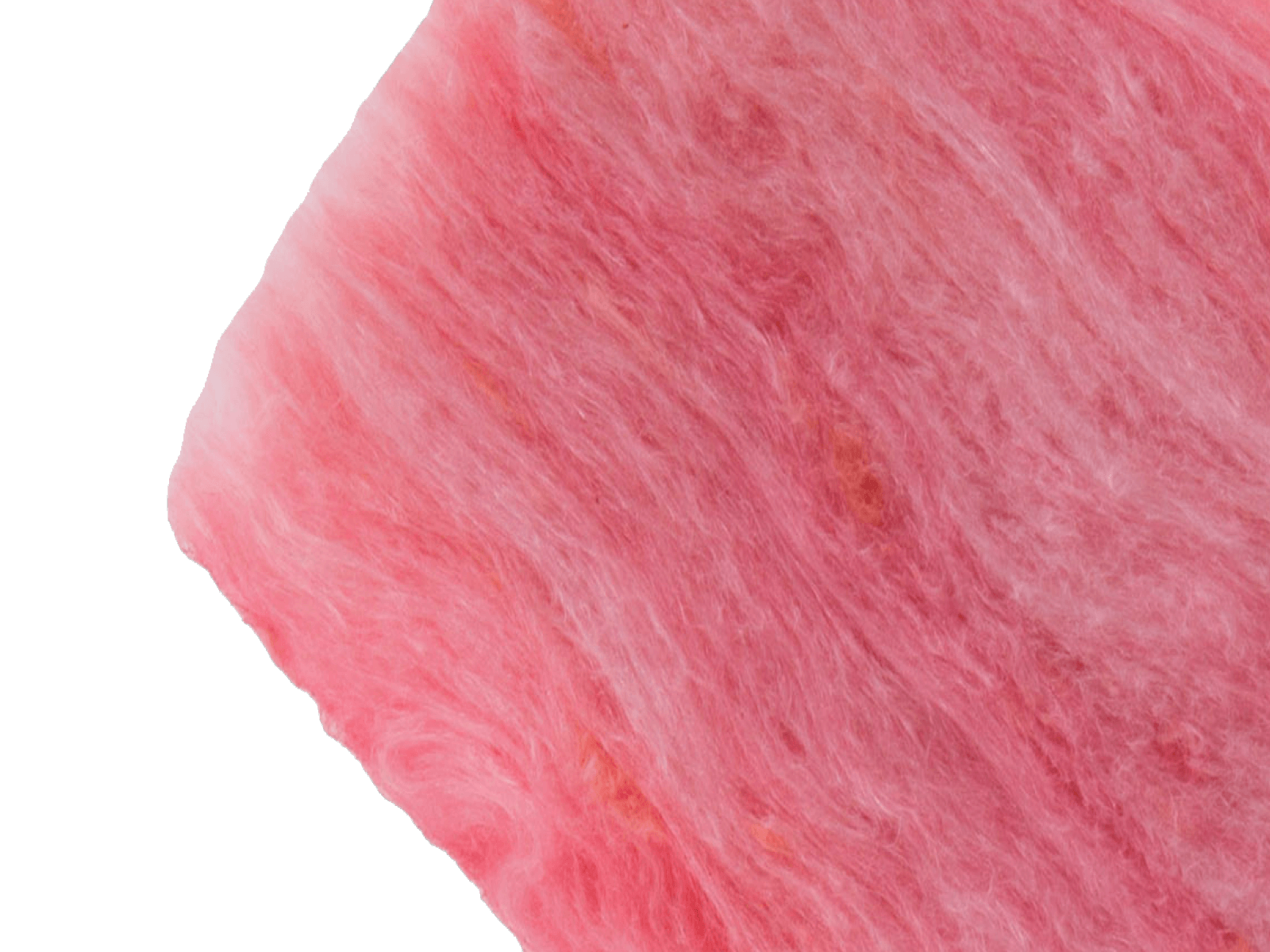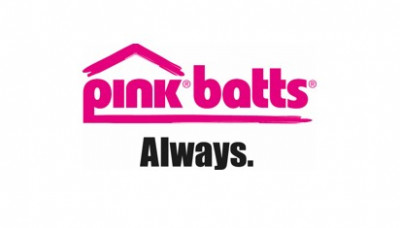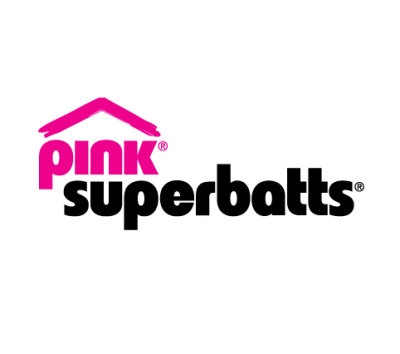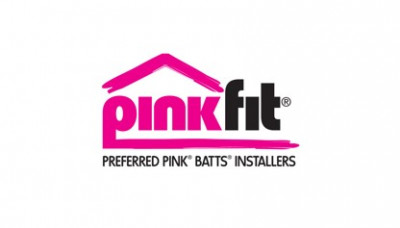
Hit enter to search or ESC to close
Our Updates
An award-winning initiative – recycling glass waste into Pink® Batts® insulation
As the owner and operator of New Zealand’s electricity grid, Transpower’s role is to keep the power flowing around the country so that New Zealanders have the electricity they need, when they need it. Transpower is focused on driving behaviour change so ‘the sustainable way’ becomes business as usual.
Transpower glass insulators get a second life with Pink® Batts® insulation
At Comfortech®, we truly care about the country that we’re lucky enough to call home and remain committed to improving our sustainability capabilities, including using over 80% recycled glass in our Pink® Batts® insulation.
Spotlight on: Sarah Robertson, PinkFit® Licensee Owner Hawke's Bay
In celebration of International Women’s Day, we wanted to showcase some of the inspirational women here at Comfortech®. We sat down with PinkFit® Hawke’s Bay Franchise Owner, Sarah Robertson to learn more about her story and how she’s breaking the bias in a predominately male industry.
Warm fuzzies with Comfortech®
Comfortech® is proud to partner with Habitat for Humanity New Zealand, with a focus on a world where everyone has a decent place to live.
Make Your Home Energy Efficient
When you heat an uninsulated home, heat escapes, particularly through the ceiling. You are required to keep the heater on to maintain a comfortable temperature while the heat and the cost, goes through the roof.
How Insulation Works
A basic law of physics is hot things get colder, cold things get hotter, and they eventually end up the same temperature. In winter, the heat inside an un-insulated home will escape outside and in summer, the heat outside will flow inside. Insulation is a barrier to heat flow.
The benefits of correct insulation installation
It’s no secret that New Zealand’s housing stock is notoriously cold, damp and unhealthy. But the problem might be more serious than otherwise thought.
H1 Solutions in the bag
We’ve got super H1 insulation solutions in the bag with our new Pink® Superbatts® range. At Comfortech® our ambition is to create a more sustainable and comfortable future for all.
New Building Code Requirements
New Building Code Requirements Bring Biggest Energy Efficiency Change in Over A DecadeIt is well documented that New Zealand’s existing building code construction standards are well below similar temperate countries across the western world.
Pink® Batts® team supports Breathe Better September
It’s time to Step Up… New Zealand has one of the highest rates of asthma in the world, with 1 in 7 children and 1 in 8 adults living with the condition.



